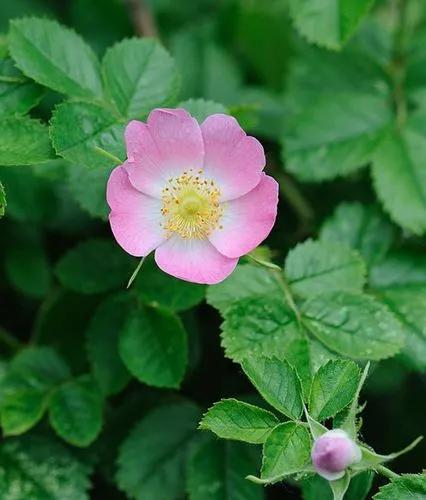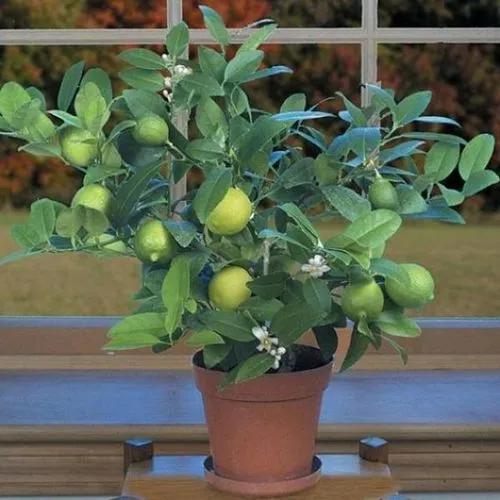The cattley guava is believed native to the lowlands of eastern Brazil, especially near the coast. It is cultivated to a limited extent in other areas of South America and Central America and in the West Indies, Bermuda, the Bahamas, southern and central Florida and southern California. A commercial planting of about 3,000 trees was established at La Mesa, California, around 1884 and the trees were still producing heavily a half century later. Today there is much more use of the cattley guava as an ornamental hedge than as a fruit tree. It is grown occasionally in subtropical Africa, and in highlands of the Philippines at elevations up to 5,000 ft (1,500 m), India, Ceylon and Malaya. It was introduced into Singapore in 1877 and at various times thereafter but failed to survive at low altitudes. In Hawaii, it has become naturalized in moist areas, forming dense, solid stands, and is subject to eradication in range lands. It is one of the major "weed trees" of Norfolk Island; has escaped into pastures and woods at elevations between 1,500 and 3,000 ft (457-914 m) in Jamaica.
Cattley Guava Care
Psidium Cattleianum



How to Care for the Plant

Water

The tree needs regular, ample watering. Although the plants can tolerate short periods of drought, guava red trees need proper hydration. They need even more water during fruit development so the berries can ripen properly. Regular irrigation at least once a week, once the plant matures, is good enough to maintain healthy growth.

Pruning

guava plant naturally stays in shape; however, if you’re planting it for landscaping purposes, a little pruning can go a long way. They have a naturally pretty form. Nonetheless, you can cut off any branches that are invasive or growing outside the borders. Tipping the branches will also mean bushier growth if that’s what you want. The ideal time to prune is in fall, once the fruit season is over.

Fertilizer

The plants need fertilizer thrice a year – in summer, spring, and fall. Use a high-quality granular citrus fertilizer with a ratio of 6-6-6 for the best results.

Sunlight

Succeeds in full sun and also in light shade

Soil

The cattley guava does well in limestone and poor soils that would barely support other fruit trees. It is shallow-rooted but the red type is fairly drought tolerant. The yellow is able to endure flooding for short periods.

Temperature

The red cattley guava is hardier than the common guava and can survive temperatures as low as 22º F (-5.56º C).

Popularity

810 people already have this plant 115 people have added this plant to their wishlists
Discover more plants with the list below
Popular articles






